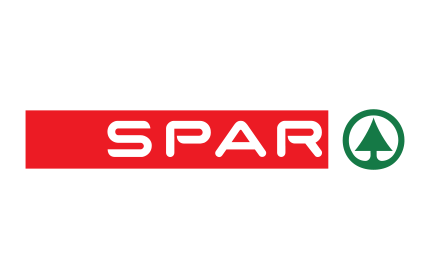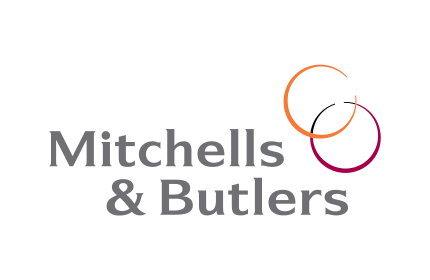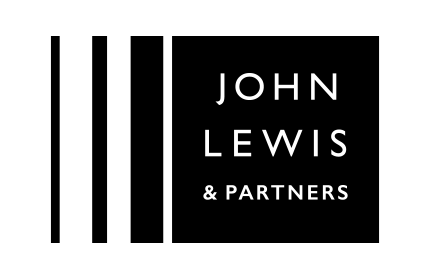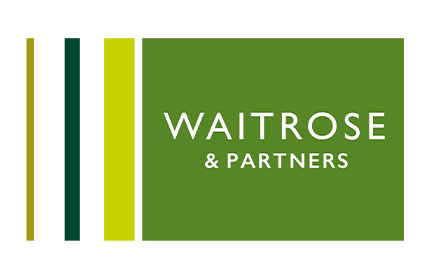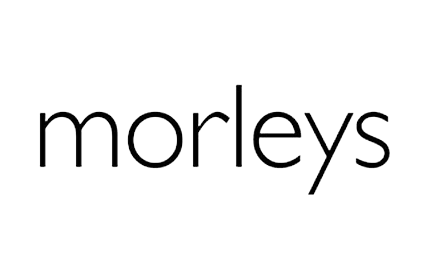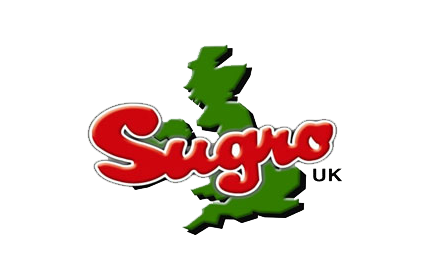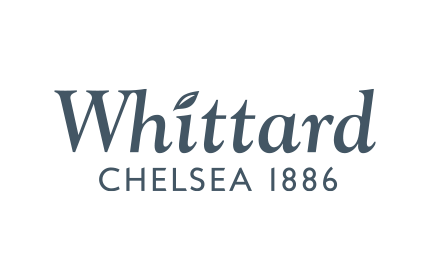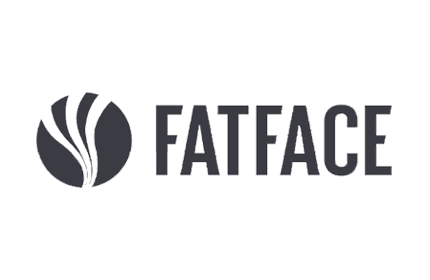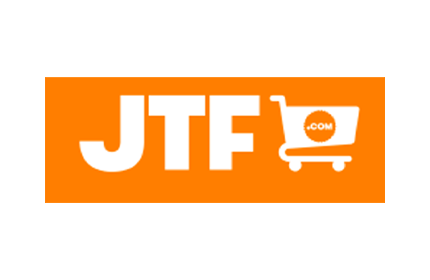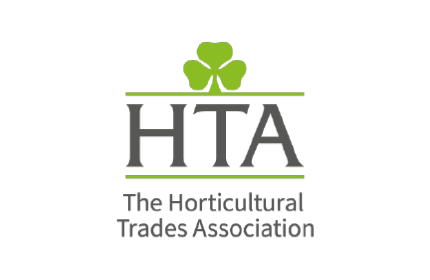By Adam Jobling, Global EPR Researcher
Following a 2021 order listing plastic manufactured items as toxic substances, the Canadian government has released draft regulations banning several single-use plastics.
If passed in their current form, these regulations would prohibit the sale, manufacture, and import of six categories of single-use plastics: checkout bags, cutlery, food service ware made from or containing problematic plastics, ring carriers, stir sticks, and straws.
A consultation on these regulations is open to the public until March 5, 2022, after which the government will look to bring in the ban from late 2022 onwards.
These regulations are likely to be the first of several new policies on this front, as the Liberal Party made a commitment to zero plastic waste by 2030 in their recent election manifesto. Specific plans to achieve the goal include requiring that all plastic packaging in Canada contains at least 50% recycled content by 2030, as well as introducing labelling rules that prohibit the use of the chasing-arrows symbol unless 80% of Canada’s recycling facilities accept and have reliable end markets for these products. Although there is not yet draft legislation to implement these policies, the draft regulations on single-use plastics show that this is a priority area for the government and developments should be expected.
Changes may also be made to extended producer responsibility (EPR) schemes across the country. These programmes are administered at a state and territorial level rather than a federal one, but to help strengthen them, the Liberal Party have committed to introducing a ‘federal public registry’ which will require producers to report annually on the amount and type of plastics they place on the market, as well as what end-of-life management schemes they have in place for them.
In addition to this federal policy, individual territories are taking proactive steps to expand their EPR programmes. In June, the government of Ontario passed new regulations for the province’s ‘blue box’ EPR scheme, which currently obligates producers for up to 50% of the net cost of recycling certain household waste. Producers will be required to cover 100% of these costs by 2025 and the scheme will also expand to cover new materials including unprinted paper and packaging-like products. British Columbia will also be expanding their blue-box program to cover packaging-like as well as single-use products from 2023, and from 2025 there will be an even greater expansion to cover things like mattresses and certain kinds of batteries.
In Canada and elsewhere, regulations are becoming more demanding. When these regulations are implemented at various levels of government, it can be particularly challenging for companies to keep track of their obligations. The Global EPR team at ecoveritas has a detailed knowledge of international regulations and, with our new international Packaging EPR Matrix, we can help you understand your obligations and avoid being caught out.
Speak to us today to find out more about our exclusive EPR matrix which covers more than 60 countries worldwide.

